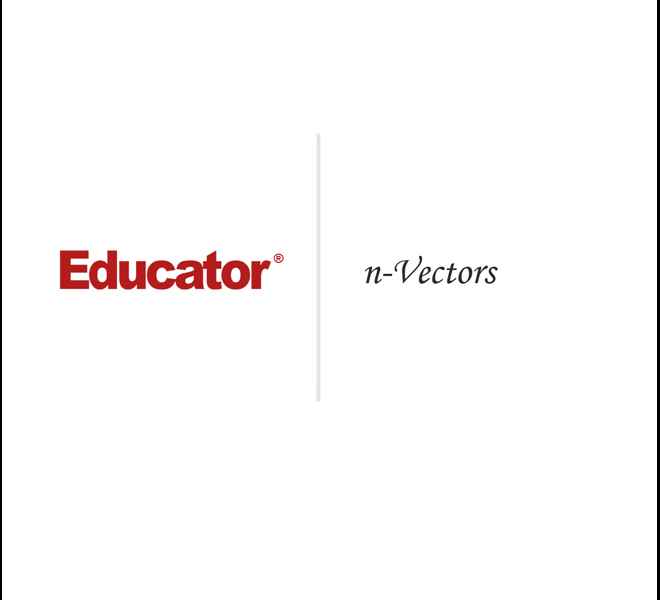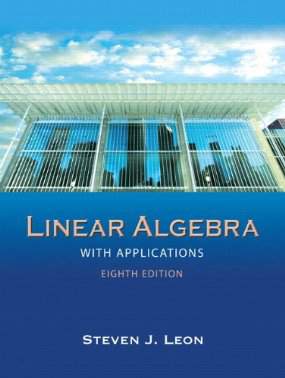Connecting...

This is a quick preview of the lesson. For full access, please Log In or Sign up.
For more information, please see full course syllabus of Linear Algebra
For more information, please see full course syllabus of Linear Algebra
Linear Algebra n-Vector
Lecture Description
Last time we talked about vectors in a 2-dimensional plane, which is easy to image in our 3-dimensional world. A 3-dimensional vector is something we know how to represent as well, but anything beyond that we don’t have a physical representation for. If ever we need to calculate something in 4-dimensions+ we’ll need to invoke theoretical mathematics, specifically the topic you’re being introduced to in this video. We’re basically adding on to what we talked about before with our introduction to vectors, but here we’ll be adding a couple more dimensions to help show that we can’t always solve vectors using a physical diagram or representation.
Bookmark & Share
Embed
Share this knowledge with your friends!
Copy & Paste this embed code into your website’s HTML
Please ensure that your website editor is in text mode when you paste the code.(In Wordpress, the mode button is on the top right corner.)
×
Since this lesson is not free, only the preview will appear on your website.
- - Allow users to view the embedded video in full-size.
Next Lecture
Previous Lecture










































 Answer Engine
Answer Engine




1 answer
Mon Nov 25, 2013 5:42 PM
Post by Joel Fredin on November 19, 2013
seriously i LOVE THIS WEBSITE. I was just going to try an account for 1 month (well that is what i was thinking) This seriously the best education website i've ever tried, haha. And this was a website i came across thanks to youtubes commercial. First time ever i've tried to click on a commercial on youtube, but this looked really intressting so i did it. And i've not regreted doing so. I'm from sweden and i'm going to study on the university for another 5 years. Soooo, i think i will keep paying for this AWESOME lectures another 5 years. Cheers mates. Love you all. You make me like math even more because when educators teacher explain things, i actually understand what i'm doing. ONCE AGAIN, Thank you!
Best Regards Joel
0 answers
Post by Christian Fischer on September 23, 2013
Thank you SOOOO much for explaining the "Closed under vector addition" I've never clearly understood that before now!!!
1 answer
Mon Feb 25, 2013 3:06 AM
Post by Nischal Panwala on February 22, 2013
Professor Hovasapian You are awesome.
Thanks for tutorial. I really want to learn discrete math as well i hope you will also start that course to teach.
1 answer
Wed Sep 19, 2012 8:17 PM
Post by Nikola Mitrovic on September 19, 2012
Just one remark. @ 34:00, cos(1/2) is equal to +/- 60 degree? Also, 60 degree is equal to pi/3 (not pi/6). Isn't it? BTW, thanks for great tutorial.